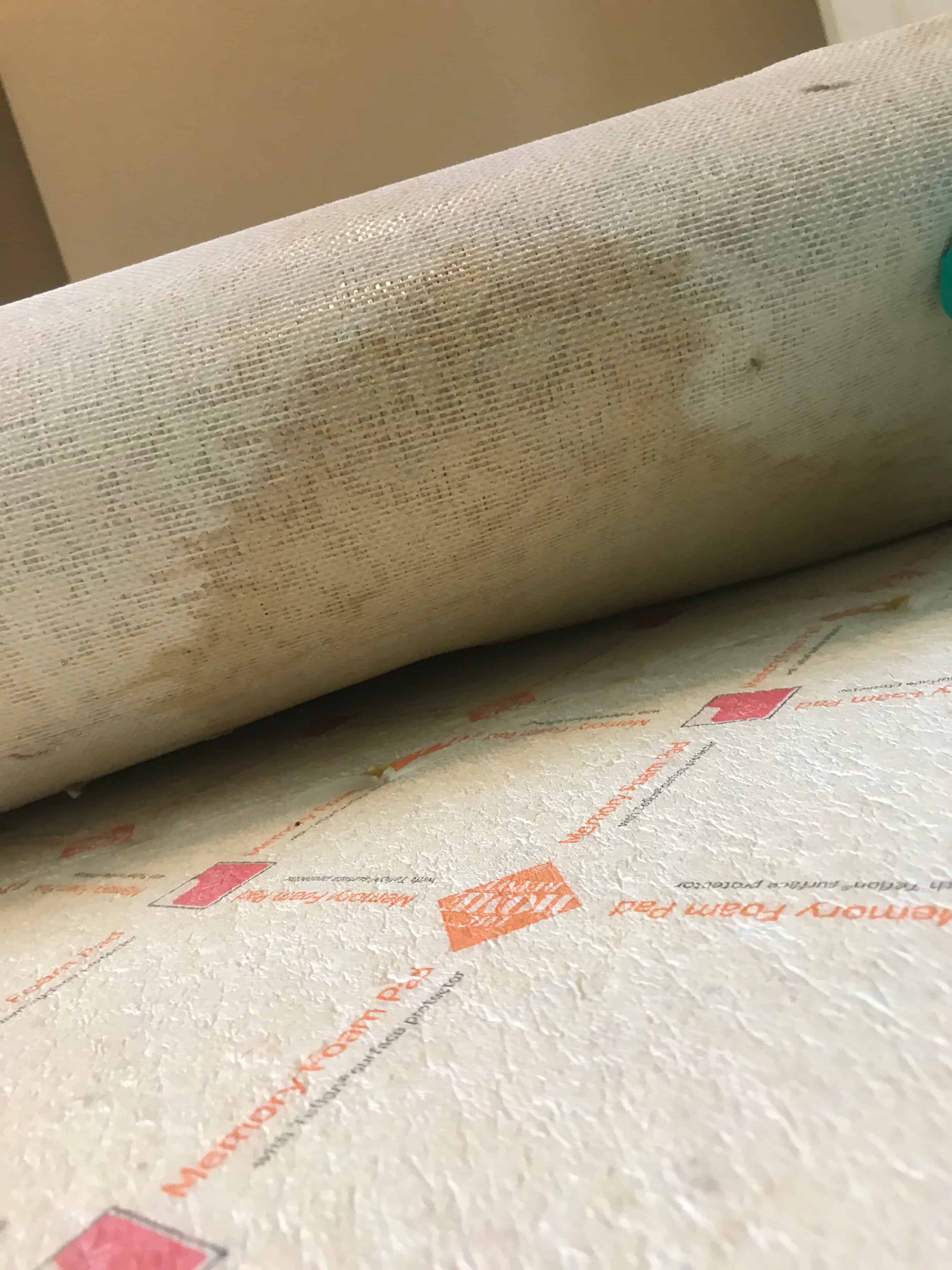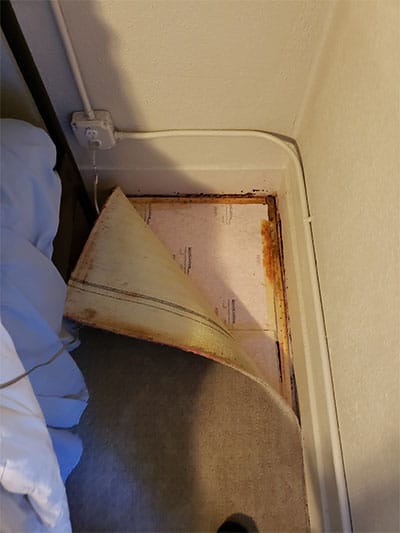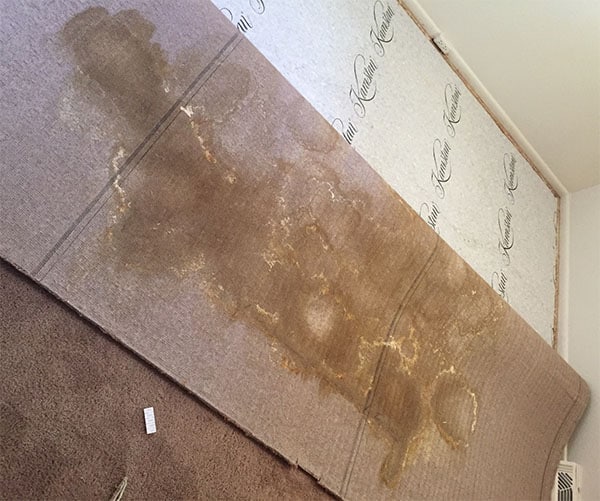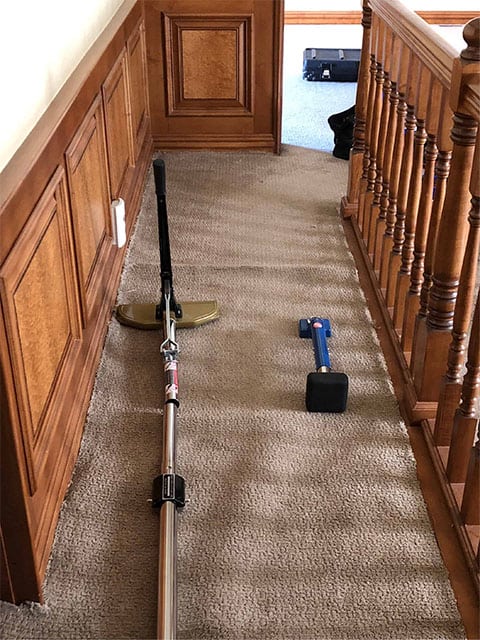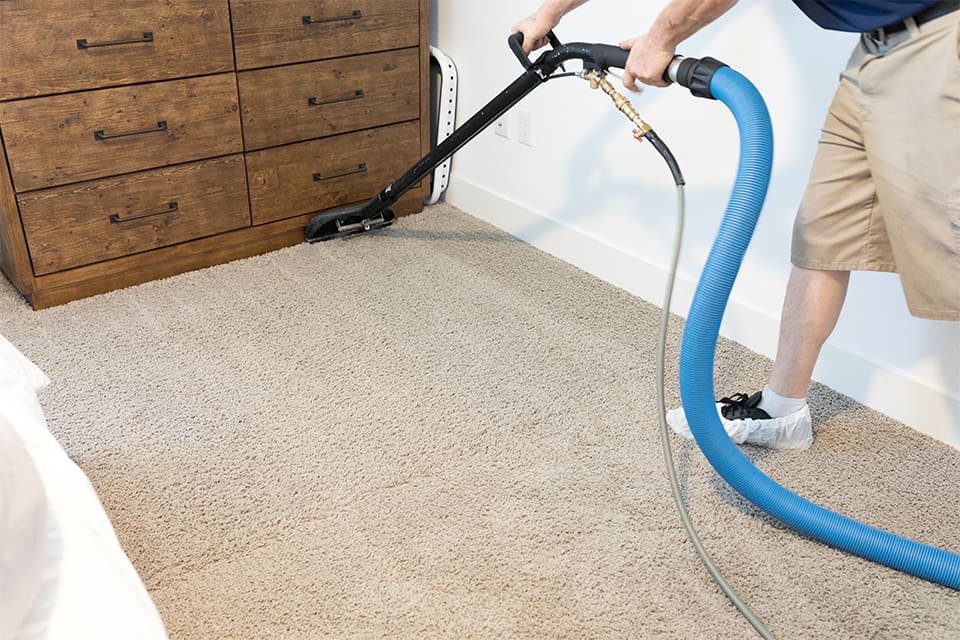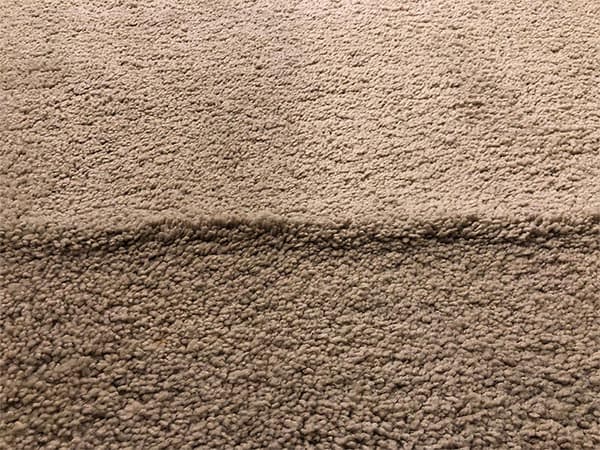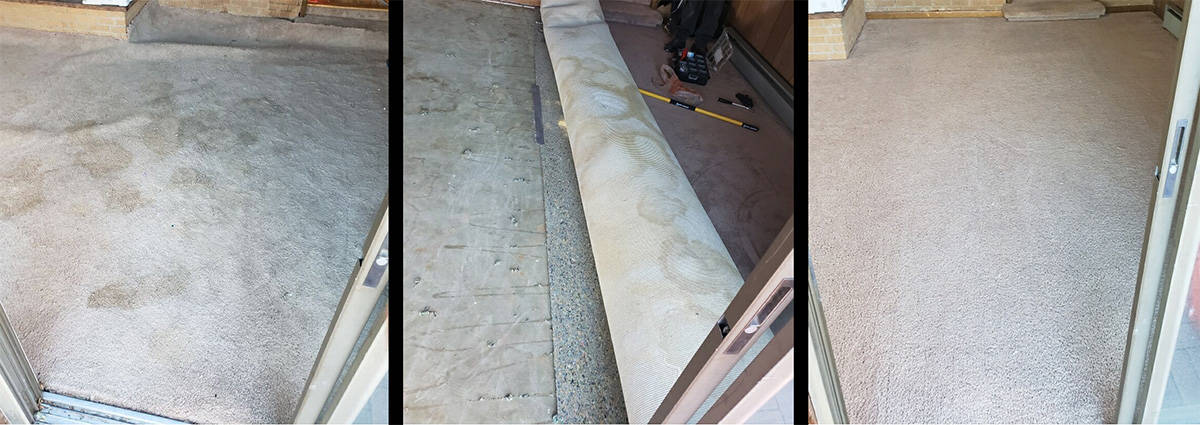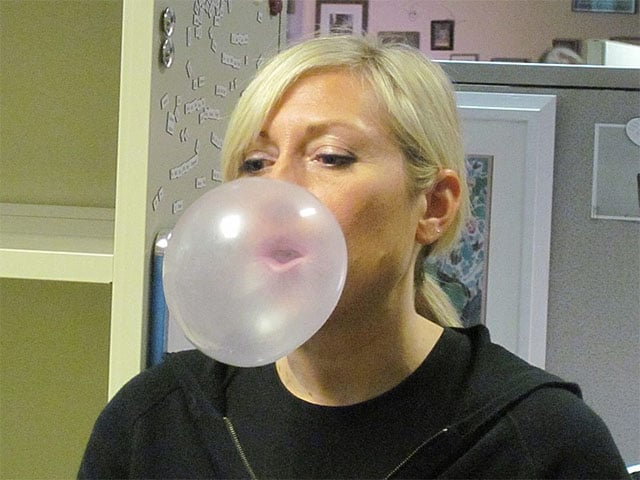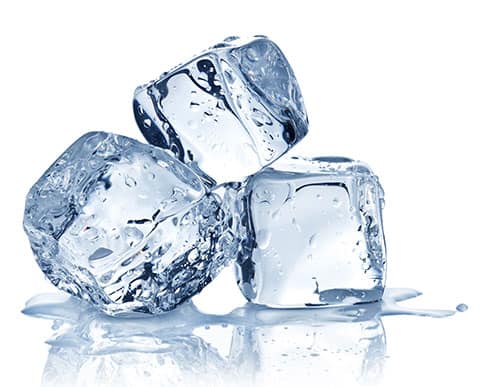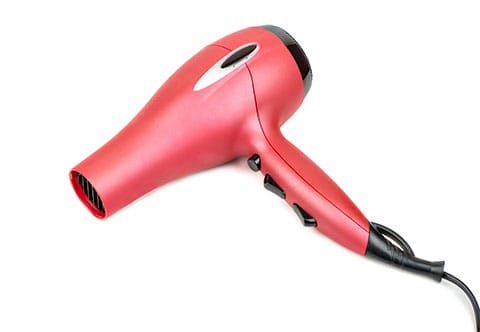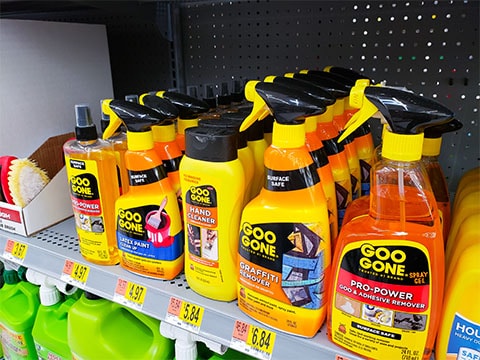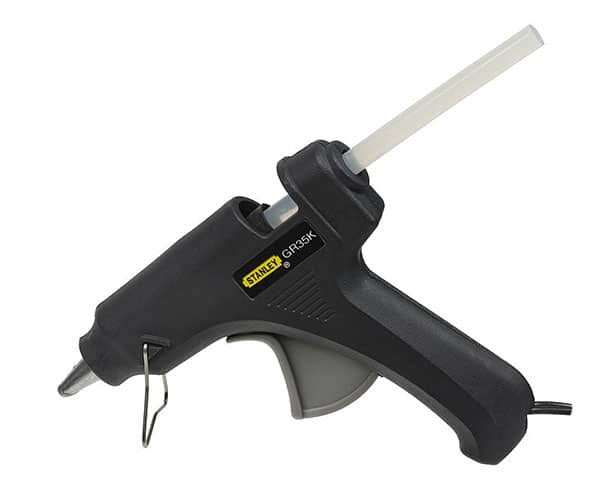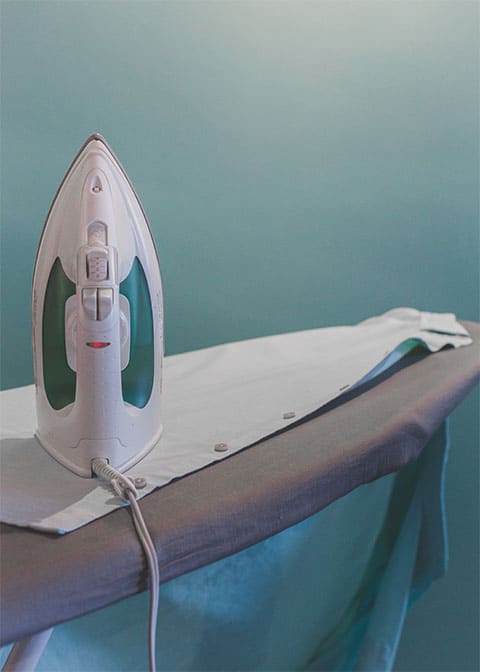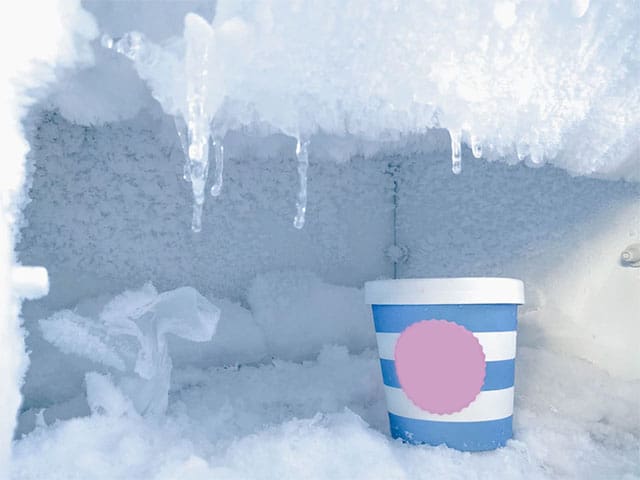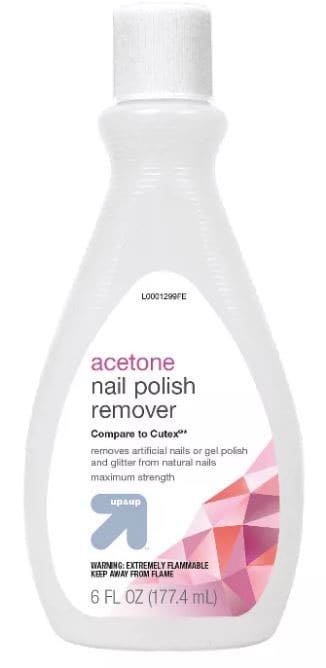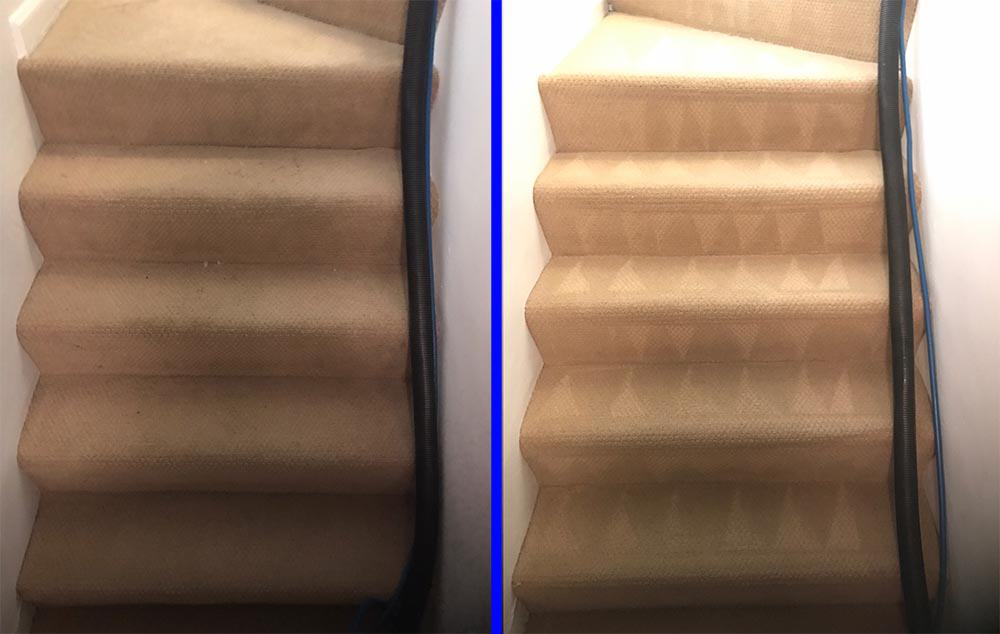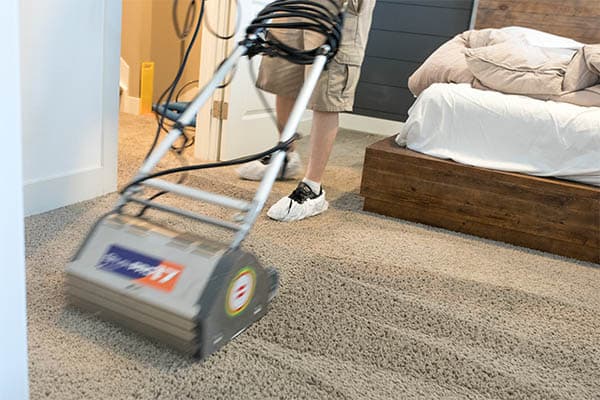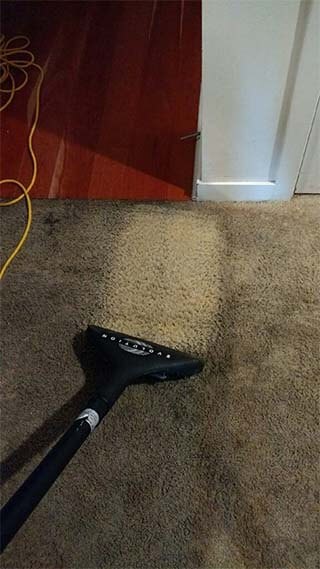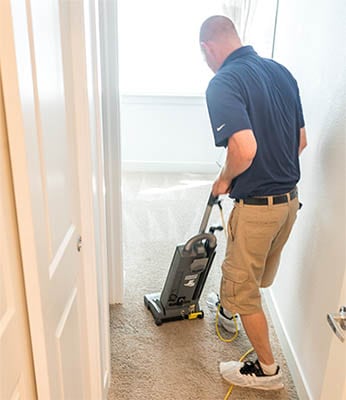Using Bleach on Carpet is Risky
Why Using Bleach on Carpet Isn’t a Good Idea
One of the more common carpet related internet myths we see is recommendations for using bleach on carpet.
Let’s cut to the chase right away – this is a bad idea that we don’t recommend you try. We’re not alone, either. Most carpet manufacturers also recommend against applying bleach to carpet.
As professional carpet cleaners, we see bleach stains on carpet all the time. Throughout the Denver area, as we’re working, we’re always shocked at how many bleached spots we end up dealing with.
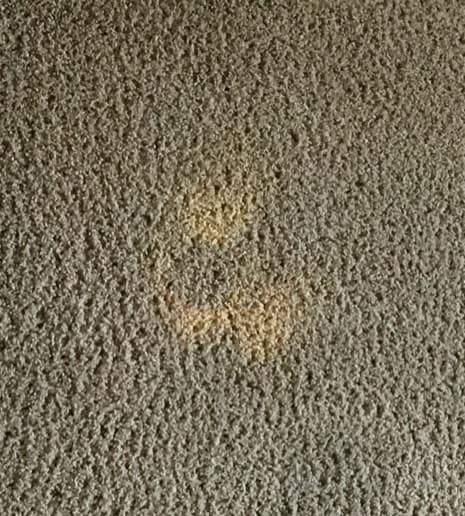
Expensive to Repair or Dye Bleached Spots
Typically the only way to resolve bleach stains is either by performing a carpet repair or by dyeing the carpet. Both are costly repairs that take lots of experience to make look right.
Still not convinced and desperately want to bleach your carpet? We’ll do our best to convince you with the rest of this article.
What is Bleach?
In it’s most commonly known form, the active ingredient in bleach is sodium hypochlorite. It’s generally useful as a cleaning agent and to remove color from fabric and fibers. It also has broad bactericidal properties. This makes it a powerful disinfecting and sterilizing solution.
In practical everyday terms, bleach refers to a substance that removes color from fabric or fibers. As you likely know from doing your laundry, it’s a whitening agent that also helps add a cleaning boost.
On the surface it might seem that applying bleach to your carpet could make sense. However, you certainly wouldn’t apply bleach to a load of colored laundry. Similarly, you don’t want to put it on your carpet either.
The Myth of Putting Bleach on Carpet
Various do-it-yourself sites falsely recommend diluting bleach with water and applying it to your carpet. Yes, this will definitely whiten your carpet. That’s what bleach is supposed to do. However you’re likely to end up with a blotchy, non-uniform result.
If your have anything but pure white carpet, bleach is going to (rather unevenly) remove the pigment from the carpet fibers.
Even worse is when you attempt to clean up isolated spots or stains with bleach. Instead, you end up with a stained area of carpet that is off color from your other carpet.
Using Bleach on Carpet as a Disinfectant or Bactericidal
It is true that bleach kills just about all bacteria and viruses. However, there are plenty of better alternatives when it comes to cleaning or freshening your carpet. Products like Microban are specifically designed as a disinfectant/bactericidal that won’t harm your carpets.
We use products like MediClean Disinfectant Spray Plus or BotaniClean Disinfectant for certain carpet cleaning applications. We also use it for water damage restoration work.
Technically bleach would likely solve many of the same problems. At about 1/10th the cost, we would save a lot of money if we used it instead of more expensive products. However, we use the appropriate products that won’t cause permanent damage to your carpets instead.
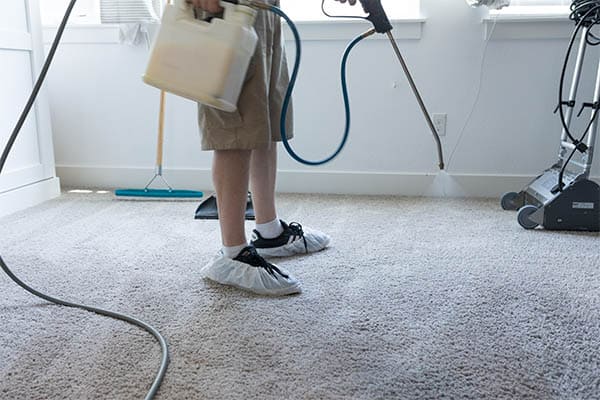
Using Bleach on Carpet With Mildew
Other advice we’ve seen is that if your carpet smells musty, it’s due to mildew. This may or may not actually be the case.
The way it’s presented is that if bleach is simply applied to the carpet, it will resolve the musty odor. The truth is that if you legitimately have mildew issues in your carpet, applying bleach isn’t going to solve it.
If carpets have mildew in them, the carpet pad first needs to be thrown out and replaced. In certain instances, you may be able to salvage the carpet. The carpet may be able to be cleaned along with using professional restoration products like the ones mentioned before.
Alternatives to Using Bleach on Carpet
Hopefully by now we have been able to steer you away from using bleach on your poor carpets. There are plenty of effective cleaning solutions that are safe for use instead. If your goal is to clean your carpet, use a specific solution designed for that purpose.
Professional Carpet Cleaning
A knowledgeable professional carpet cleaner can also brighten up your carpet. We use specific peroxides that we use as a safe bleaching agent. This can be applied to brighten the carpet without discoloring it.
Professional carpet cleaning also has the advantage of safely removing stains on your carpets and rugs. We use professional carpet cleaning machines to get your carpet looking it absolute best.
Many of our customers are shocked at how much brighter just our professional carpet cleaning will get their carpets. All without any specific brightening additives.
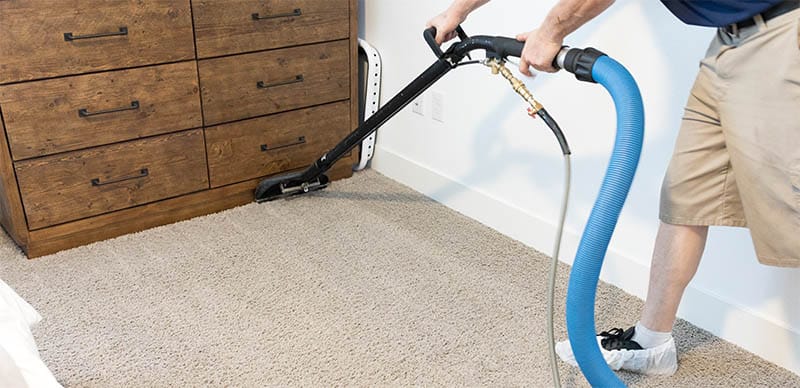
In Summary
Before you go and use bleach on your carpet, put down the bottle. Instead pick up the phone to call a professional carpet cleaning service.
The results you get from a cleaning will make your carpet look great. Meanwhile, you will avoid risking discoloration or other damage you’d get from bleach. If you’re in the Greater Denver Area, give us a call. We’d be happy to help!
Or Call: 1-720-233-0761



